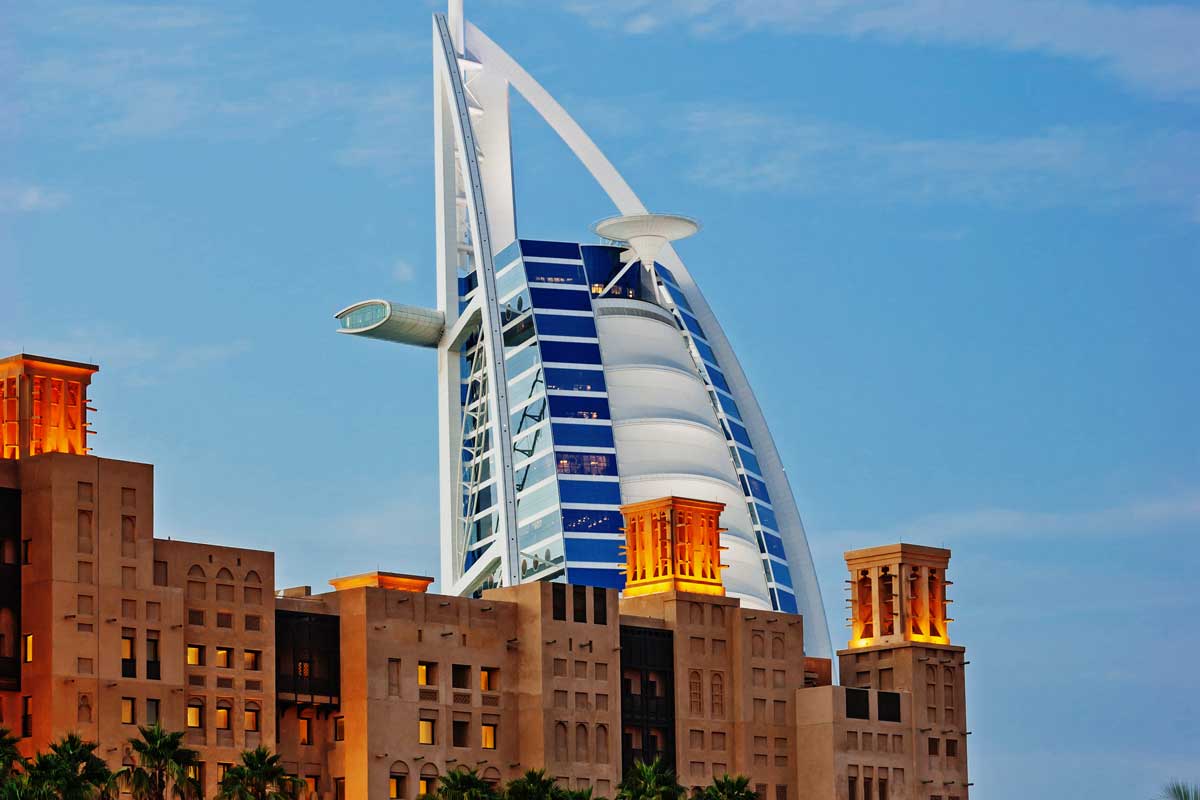Some bad news for the hospitality sector last week?
On the surface, yes. Preliminary data for July says average hotel daily rates in Dubai will hit their lowest mark since August 2004. Average daily rates (ADR) fell nearly 10 percent to AED423.63, while revenue per available room (RevPAR) fell 8.8 percent to AED279.81.
Why is this not the full picture?
The report by STR noted that there had been a 7.2 percent increase in demand during July, while occupancy rose by 0.9 percent to a very healthy summer figure of 66 percent. This shows that demand is still strong. According to DTCM figures, a record 8.1 million tourists visited Dubai in the first half of 2018, meaning the emirate is on track to beat the overall 2017 number of 15.8 million tourists and reach its goal of 20 million by 2020.
Where is this growth in traffic coming from?
India, Saudi Arabia and the UK retain the top three positions during H1. China is in fourth place, continuing its upward trajectory with a nine percent rise to deliver 453,000 tourists. Russia topped the growth charts with a 74 percent increase over H1 2017, delivering 405,000 visitors. Both markets continued to benefit from added ease of travel following the introduction of visa-on-arrival facilities for Chinese and Russian citizens in late 2016 and early 2017, respectively. Future visa changes will exempt dependents aged 18 years or below from visa fees. A VAT refund mechanism for tourists will also be introduced to sustain Dubai’s competitiveness.
So why the price decreases?
STR noted a 6.3 percent rise in supply for July, with hotel room inventory standing at 111,317 at the end of June, up seven percent compared to the same time last year. It’s set to rise to 132,000 by the end of 2019, while 53 hotels five-star hotels will open before 2020. A changing customer base is also affecting rates. In 2017, 20 percent of hotel rooms in Dubai were rated from one to three stars, while this number was 43 percent in Paris. Arguably the market is top heavy, hence the introduction of mid-range millennial-chasing brands such as Rove, Zabeel House and Indigo.
What does this say about Dubai’s economy?
As with a lot of sectors in Dubai, there is a lot more pressure on margins than in previous years. Part of this is a result of oversupply, which is natural at this stage of the economic cycle, and there is also the“new normal” theory, which holds that Dubai’s economy has matured to a new reality where sectors can’t expect high growth every year.
What do the hoteliers think?
Alex Kyriakidis, regional MD for Marriott International, said: “In any market you have cycles and we see that correcting itself with Expo 2020. The challenge is that we have to work closely with our owners to help preserve as much of the bottom line as possible until the upside returns.”
Tim Cordon, regional VP for Radisson, commented: “There’s a lot of talk about oversupply and maybe we’ve opened too many hotels in too short amount of time, but there’s a clear strategy to drive tourism over the next few years. Dubai is still a strategic global location and there’s a lot to come after Expo 2020 as well.”









